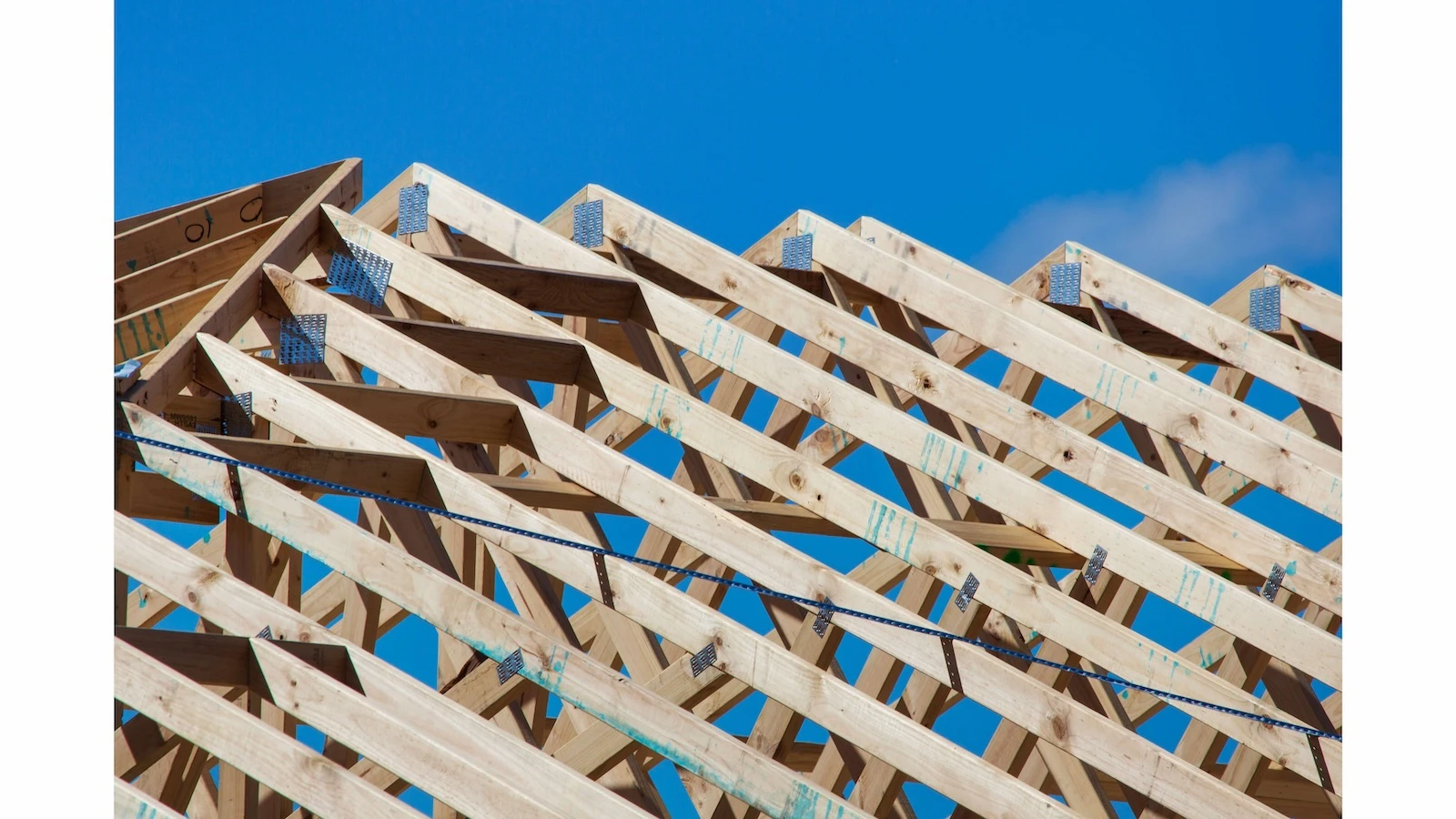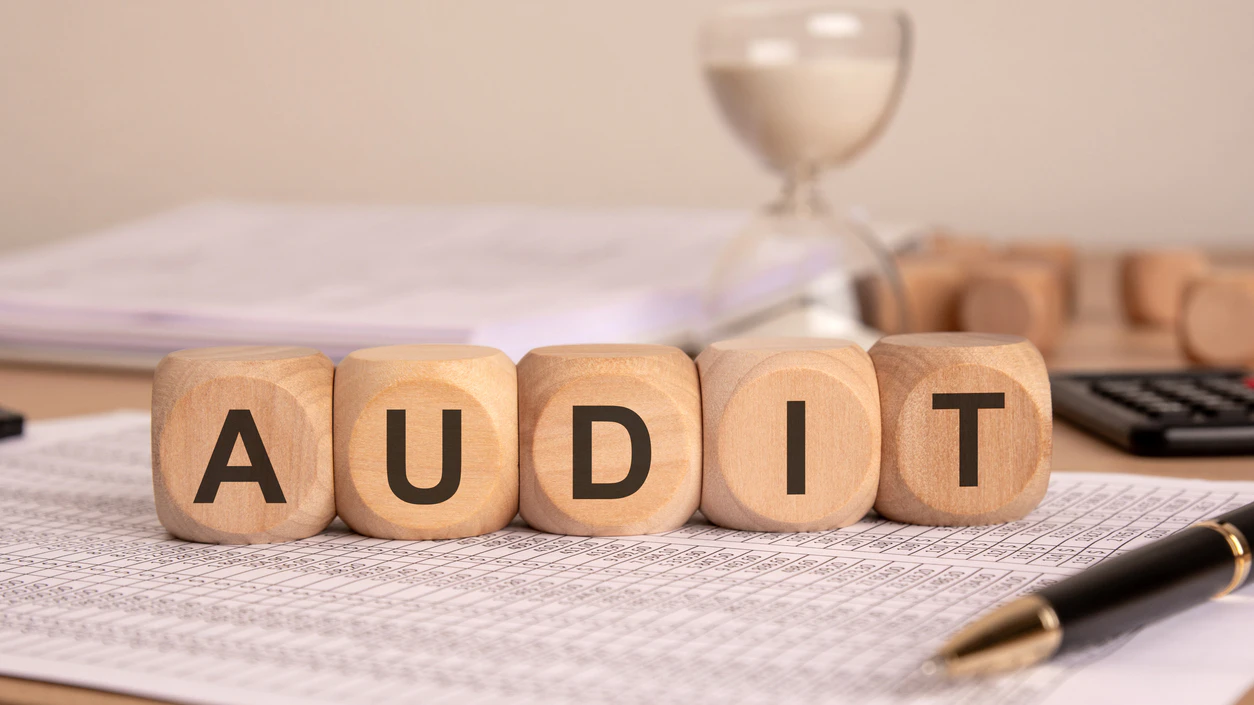Hawai‘i County Office of Housing and Community Development Administrator Kehaulani Costa says the county is facing a shortage of available affordable and workforce housing. It's a challenge she says "touches nearly every aspect of daily life for residents."
"For many local families, the high cost and limited availability of housing determine whether they can continue living and working here at all," she told Aloha State Daily via email. "According to the Hawaiʻi Housing Planning Study 2024, Hawaiʻi County needs nearly 18,900 additional housing units by 2027, including about 15,900 homes for households earning up to 140% of the area median income (AMI). Of these, more than 10,000 units are needed for ownership and nearly 8,800 for rentals. The data highlight an urgent and growing need for homes that local residents can actually afford, particularly for those in the workforce who earn too much to qualify for subsidized housing but too little to compete in the market-rate sector."
The ‘Āinakō Subdivision Housing Project — a proposed subdivision in Hilo that would provide up to 144 single- and multi-family homes on nearly 61 acres of county-owned land near Hilo Benioff Medical Center — aims to help address that need "by creating new affordable housing opportunities for working families near urban Hilo — close to jobs, schools and essential services," Costa says. "Reducing the distance between where people live and where they work supports stronger, more resilient communities and improves quality of life."
According to a draft environmental assessment published earlier this month, the project would include up to 82 townhomes, 28 flats and 34 single-family units constructed in two phases and designed to accommodate the island's "workforce" population.
Units are expected to range in price from approximately $363,100 to $635,500, the draft EA notes.
"The project would make a small but meaningful contribution to the significant affordable housing shortage in the local market area and is not expected to adversely affect demand for similar private-sector housing projects," it reads. "The project would balance the need to provide affordable housing near urban centers and allow residents better access to travel between home, work and other desirable recreational opportunities."
According to the draft EA:
— Phase one would include the construction of up to 110 residential units — 28 single-story flats and 82 two-story townhomes on approximately 18.82 acres — as well as associated infrastructure. The townhomes could offer two- or three-bedroom options while the flats would have two beds, with occupancy expected to total 164 to 246 residents.
This phase would likely be developed by a developer in a housing agreement with OHCD for sale or rent, and the developer would be required to provide management for rentals and property maintenance.
— Common areas in the subdivision would include a community center, playgrounds, a volleyball court, gardens and open lawn areas.
— Access to the multi-family units in phase one will largely via a new road constructed across state land, mauka of the Hale ʻĀnuenue Restorative Care Center on Waiānuenue Avenue. Infrastructure costs in the first phase are currently estimated to be a little more than $8.5 million.
— Phase two, meanwhile, would follow the completion of phase 1 and include a maximum of 34 single-family homes on about 15 acres. This phase would be accessed from the road constructed during the first phase, as well as an extension of Kilikina Street. Infrastructure costs in this phase are estimated to total nearly $6.65 million.
According to the draft EA, the county acquired the property in 1917.
Costa says that one of OHCD's strategies to expand housing availability and affordability on the island is to "develop publicly owned lands to reduce overall project costs and create opportunities for partnership with experienced nonprofit affordable housing developers."
This project, conceived in early 2022 as part of the county's efforts to increase housing through the development of publicly owned lands, is still in early planning stages.
"Decisions regarding how the project will be developed — from infrastructure work to vertical construction of homes — will be made as the project progresses," she says. "The project is being designed in phases to align with the timing and availability of future funding."
Seeking public input
The draft EA was published in the state's Environmental Notice on Oct. 8. A 30-day public comment period runs through Nov. 7.
OHCD will host a community meeting to share information on the project and gather feedback, from 3 to 5 p.m. Thursday, Oct. 23, at the Aupuni Center conference room, 101 Pauahi St. in Hilo.
Because the project is still in its early planning stages, Costa says that public input is an "important part of determining its future direction."
"The goal of this process is to evaluate the viability of housing development in the area based on a careful balance of community feedback, infrastructure and available resources," she says. "By inviting public participation at this early stage, OHCD hopes to ensure that any future plans are shaped by both current community perspectives and the island’s long-term housing needs, particularly for affordable and workforce housing."
Following the public comment period, OHCD will review and respond to comments and a final EA will be prepared and published to complete the environmental review process.
Costa says that timeline for construction has not yet been established and the project will move forward based on funding and environmental review outcomes.
Find more about the project here.
For the latest news of Hawai‘i, sign up here for our free Daily Edition newsletter!
Stephanie Salmons can be reached at stephanie@alohastatedaily.com.





